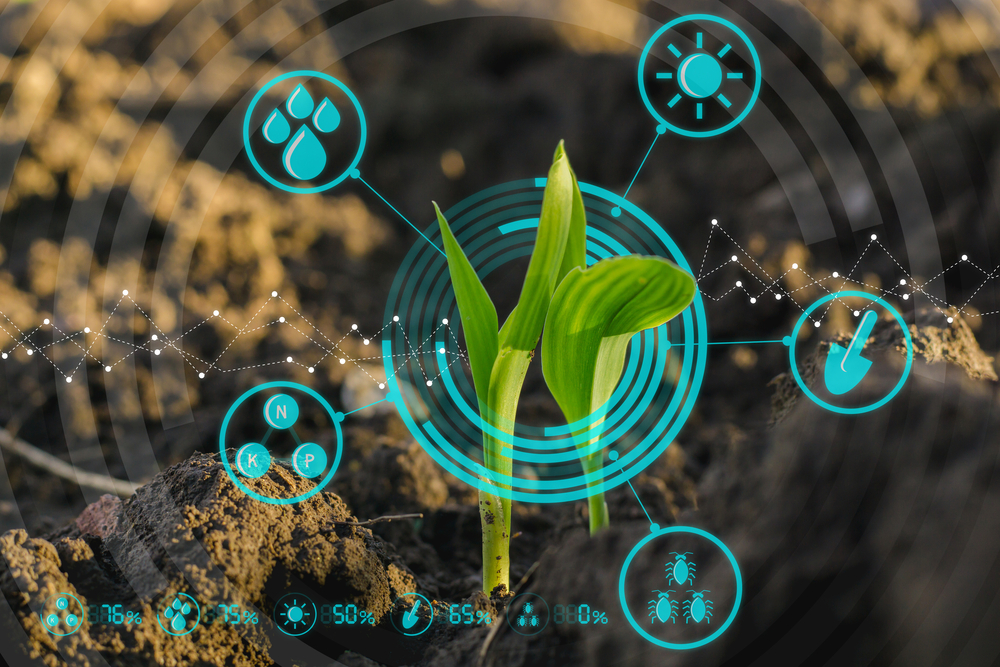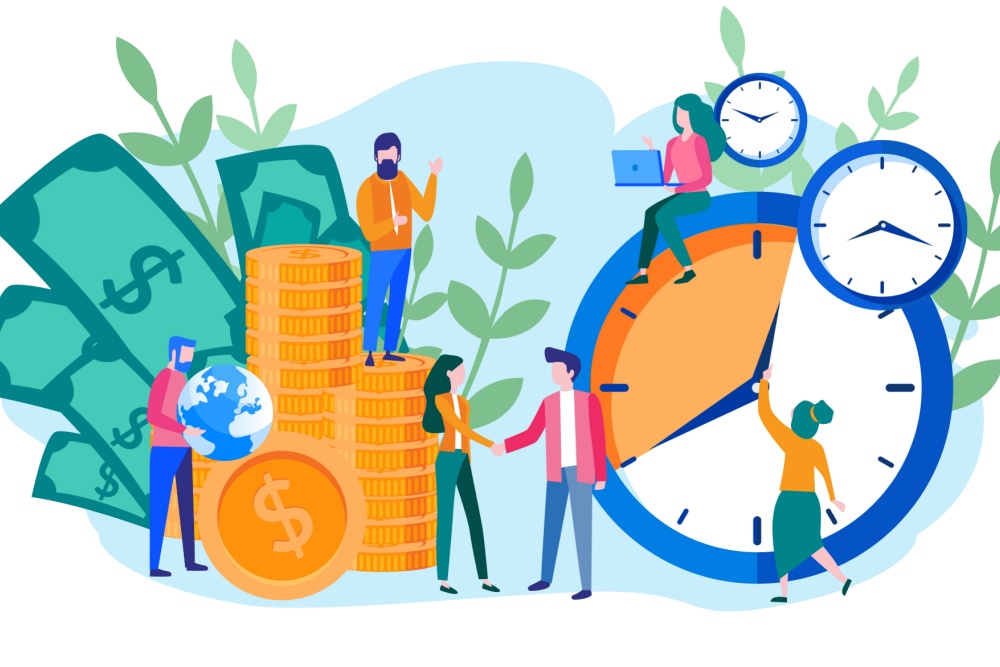CIAT, the World Bank and FAO have joined forces to profile countries’ digital agriculture. The Digital Agriculture Country Profiles Initiative (DAPs) hopes to provide a picture of how digital technologies are being used to transform agriculture and food systems.
Why is this important?
The future of global food security and poverty reduction depends on how digital technologies can transform agriculture and food systems. Constantly evolving, these technologies provide farmers with critical information on climate, crop disease and market prices. Unfortunately, however, such digital technologies do not reach all farmers. Some have geographic and financial constraints on the infrastructure needed to “go digital”. And in those areas where its use is more feasible, technologies can vary and differ to large degrees across markets and countries. We need to understand what is used where, and how; what is working and what needs improvement. The DAPs Initiative seeks to answer all those questions.
CIAT leads the way
The project builds on the success of the Climate-Smart Agriculture (CSA) country profiles, developed by CIAT in partnership with the World Bank and others. The CSA initiative provided an overview of the agricultural challenges found throughout the world due to climate change. The DAPs initiative got its start in May in Grenada, with over two dozen representatives from government, research institutes, farmers’ associations, representatives from the private sector, and NGOs. Grenada, Argentina, Kenya, Turkey and Vietnam will be the first countries with a Digital Agriculture Country Profile.
Measuring impact
The purpose of the DAPs is to provide a comparable baseline of the state of these technologies. This will lead to a better understanding of the digital agricultural landscape at a global level. What are the indicators of levels of adoption and the incentives behind adoption? What investments have been made in digital agriculture? And what is the potential impact a specific technology has or could have in a specific setting? Not only should this analysis help to answer these questions, but it can also prioritize areas of digital agriculture innovation for the future.





0 Comments